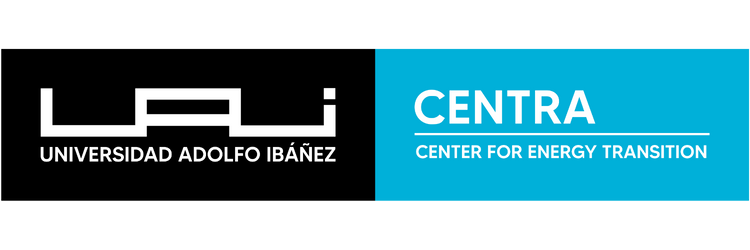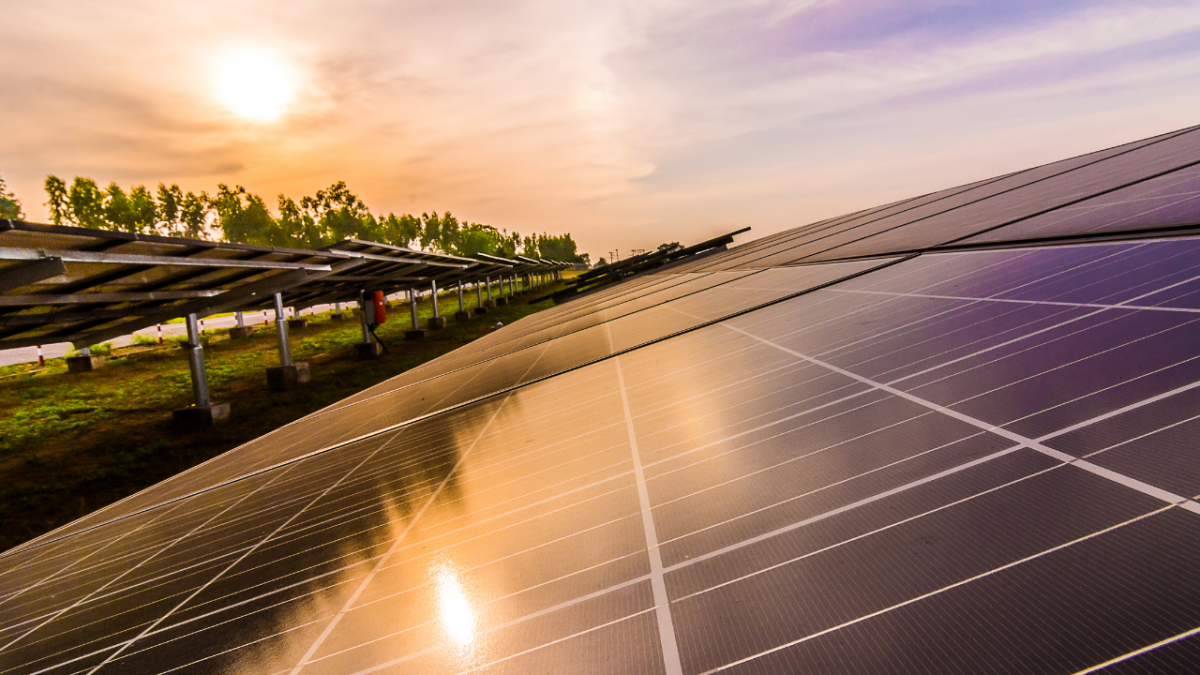Trends that are marking the path of clean energy
October 12, 2022
According to Deloitte’s The Future of Energy report, the relationship between consumers and energy sector services has evolved, driven by three key factors: digitalization of operations, decentralization, and decarbonization. These trends have sparked a paradigm shift in how energy is generated and consumed.
This shift, as explained by Daniel Ortega, Energy and Utilities Industry Leader at Deloitte, will continue to gain momentum, propelled by emission reduction commitments, such as decarbonization plans and cross-sector energy efficiency initiatives.
Shahriyar Nasirov, an academic at the Energy Transition Center (CENTRA) of the Faculty of Engineering and Sciences at Universidad Adolfo Ibáñez, highlights how renewable technologies are fostering disruptive changes in traditional energy sector operations. Nasirov notes that electromobility is steadily replacing gasoline- and diesel-powered vehicles, while digital technologies are reshaping the energy industry by introducing new applications, redefining boundaries, and optimizing renewable energy assets and smart grids, enabling decentralized generation management.
These changes align with Chile’s ambitious goal of achieving carbon neutrality by 2050 through reducing greenhouse gas (GHG) emissions. Francisco Pizarro, Deputy Director of R&D with Industry at the UC Innovation Center, emphasizes that this objective must align with sustainable development and a stronger push for non-conventional renewable energy sources. He cites Chile’s notable progress, with renewable energy accounting for 31.1% of the country’s electricity matrix in August—22.8% higher than the previous year, according to the Chilean Association of Renewable Energy and Storage.
Pizarro also highlights Chile’s specific advantages in solar (PV and CSP), wind, and hydropower energy, which already have significant development. However, challenges such as the intermittency of these sources remain. “Hydrogen presents an exciting development opportunity,” he adds.
Where Are We Heading?
With its goals set and the challenges of climate change in focus, the energy sector is embracing emerging trends to combat the crisis. According to Daniel Ortega, two major trends are:
- Energy storage: Key for developing a decarbonized and CO₂-free electric system.
- Green hydrogen: Seen as an ideal solution for transforming fossil fuel-based processes.
Ortega points out that Chile is uniquely positioned in these areas due to its vast lithium reserves for battery production and abundant renewable resources for cost-effective green hydrogen production. Chile has also established a Green Hydrogen Industry Development Council, involving key industry stakeholders and government ministries to foster this business sector.
Digitalization is emerging as a critical enabler for achieving a clean energy sector. Pizarro notes that globally, standardizing green hydrogen, carbon capture and storage (CCS), and carbon capture and utilization (CCU) technologies could unlock significant investment and sustained development in the coming years. Additionally, blockchain applications for tracking carbon credits are poised to play a significant role.
Source: Diario Financiero

